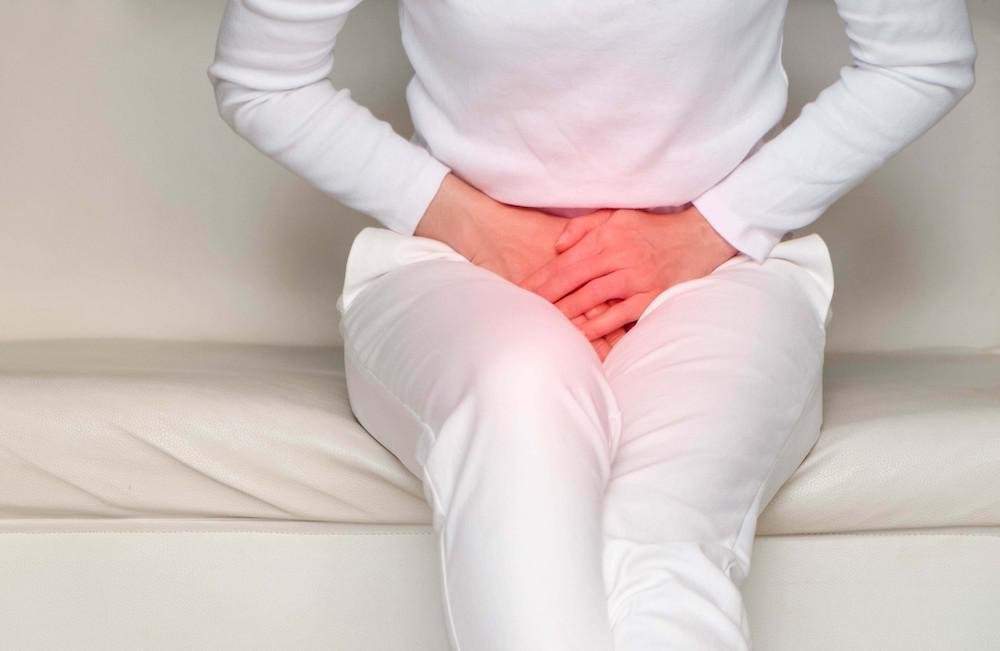Urinary incontinence affects millions of people, though it may seem difficult to believe. An overactive bladder is the most prevalent type of urine incontinence (or OAB). Many people who suffer from urine incontinence don’t speak up about it because they are embarrassed. However, it’s critical to pay attention to your symptoms and determine when you should seek medical assistance.
If you are experiencing several of the symptoms listed below, you should get medical help.
- You urinate more than 8-9 times a day.
- You experience painful urination.
- The minor strain on your body, such as laughing or sneezing, causes leaks.
- You use the restroom even when you don’t have to because you are feeling the urge.
- You use the toilet more than once during the night.
- You want to stay close to a restroom at all times.
Urinary incontinence has an impact on both our professional and social lives. We may feel self-conscious in social circumstances because we don’t want people to question our bathroom breaks. If we have leaks, we may not want to deal with them in a public place. However, it is critical that we develop strategies for dealing with this problem so that we can take the required actions to resolve it.
We must concentrate on both how to make life easy for ourselves and how to be prepared for any situation.
Retrain Your Bladder
As previously indicated, an OAB is one of the most common causes of urine incontinence. To regain control of your routine, you may need to undergo bladder retraining. It takes an average of three months to retrain your bladder, which can be irritating. However, if you are successful, you will feel a tremendous sense of relief. While you retrain your bladder, you can Shop now in Confidence Club for incontinence products. These products will help keep you dry while you make efforts to retrain your bladder.
There are a few crucial components to bladder retraining:-
1. Keep a Diary
Take a few days to track your restroom routines and make a list of everything. This includes how often you use the restroom, how long you spend there, and how frequently you have leaks. Make a list of any habits you have. If you see any patterns in what makes you want to urinate, make a note of these as well. If you are using incontinence products Australia, you must track that as well to remember to change it on time. This way you will be able to avoid rashes and skin infections.
2. Allow Intervals
This is difficult, but if you pull it off, it will make a significant difference. If you find yourself urinating every hour, try stretching it out to an hour and fifteen minutes. After a while, increase the time to an hour and thirty minutes. If you feel the want to go to the bathroom, try focusing on anything else for a few minutes to extend the duration between visits.
3. Avoid Alcohol and Caffeine
Both alcohol and caffeine are diuretics, which means they might cause an increase in urine production. Alcohol is particularly hard on the bladder due to its diuretic properties and its effect on the kidneys. Caffeine doesn’t dehydrate you, but it does make you urinate more frequently. If you’re trying to retrain your bladder while drinking a lot of these beverages, you can find it more challenging.
4. Male vs. Female Urinary Incontinence What You Need to Know
Millions of people, both men, and women suffer from urinary incontinence. The kidneys, bladder, ureters, and urethra are all organs in the male as well as female urinary systems. Incontinence affects more women than men.
In addition to age, constipation, neurological problems, and urinary tract infections, men get urine incontinence as a result of an enlarged prostate or prostate cancer, whereas women develop it as a result of childbirth, hysterectomy, menopause, or pregnancy. Despite the distinctions, the treatment choices for male and female urine incontinence are nearly the same.
Take the time to learn about the differences and similarities between male and female urine incontinence so you know what to expect.
In Conclusion
Incontinence is a common condition that can be handled and reversed with patience and hard work.
Rather than allowing this to isolate or embarrass you, recognize that this is a common disease that we should normalize and empathize with rather than hiding.

